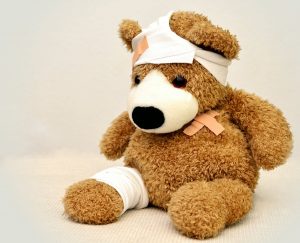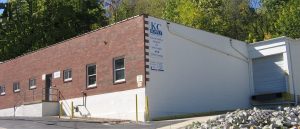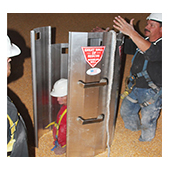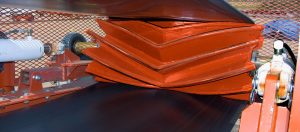Spending any time inside a silo can be dangerous. The risks include an employee slipping and falling into the agricultural product inside, or inhaling silo gases and getting sick. Silo gases also can negatively impact your livestock.
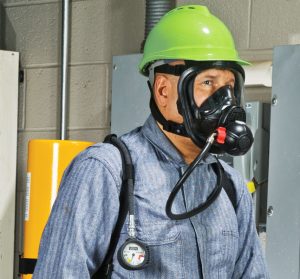
The most common silo gases are carbon dioxide (CO2) and nitrogen dioxide (NO2). Types and concentrations of silo gas vary depending on the type of silo and how much time has passed since the grass or other green fodder (silage) was placed in the silo, according to Pennsylvania State University’s Department of Agricultural Safety and Health.
The most plentiful type of gas in a conventional silo is nitrogen dioxide, which has a bleach-like odor and produces low-lying yellow, red or dark brown fumes. Nitrogen dioxide is heavier than air and so tends to settle on top of the silage or to flow down the chute and collect in adjoining feed rooms or other low-lying areas near the base of the silo.
Silo gases can cause serious respiratory issues, Pennsylvania State University found. Nitrogen dioxide causes severe irritation to the nose and throat, which can lead to lung inflammation. After low-level exposure to nitrogen dioxide, a person may not notice any discomfort initially but may later suffer from fluid collection in the lungs that may be fatal. Prolonged or recurring pneumonia-like symptoms can occur two to six weeks after initial exposure.
Pennsylvania State University suggests several things you can do to decrease the risk of exposure to silo gases, including:
- Ventilation: In a conventional silo, ventilation is the best protection against nitrogen dioxide buildup in areas of your facility. For example, provide adequate ventilation in and around your silo during the first 72 hours of silage fermentation and for at least two to three weeks after filling the silo, and keep the door between the silo room and the barn closed.
- Timing: Avoid the silo during critical periods when silo gases are forming. Gas concentrations are highest between 12 and 72 hours after filling. If possible, don’t enter the silo for two to three weeks after filling because of the high level of silo gases. If you must enter the silo during that time to level silage or set up an unloader, enter immediately after the last load is in and before the fermentation process begins.
- Personnel: Never enter a silo without another person directly outside who can quickly get help if necessary. This person should maintain visual contact with you at all times because if you are overcome by silo gas, you may not be able to call for assistance.
- Personal Protective Equipment (PPE): If, in an emergency, it is necessary to enter a silo containing silage, the individual entering the silo must wear a self-contained breathing apparatus (SCBA) and harness attached to a lifeline and anchor point.
- Signage: Post appropriate signs around the base of the silo, warning people of the potential for silo gases.
- Gas monitor: To keep your facility safe, you need a way to accurately monitor the atmosphere for dangerous gas levels. Because most gases are undetectable to humans, it is critical that you have the right tools to keep your personnel and property safe at all times. Gas monitors are typically portable, allowing workers to clip them onto their uniforms. Monitors can detect one or several different gases simultaneously.
Silo gases are a serious but invisible threat. It’s critical to protect your facility and employees. KC Supply Co. will help keep your workplace safe. Call KC Supply for gas monitoring products to protect your employees and facilities. Call 1.800.KC.SUPPLY or visit www.kcsupply.com to learn more.



